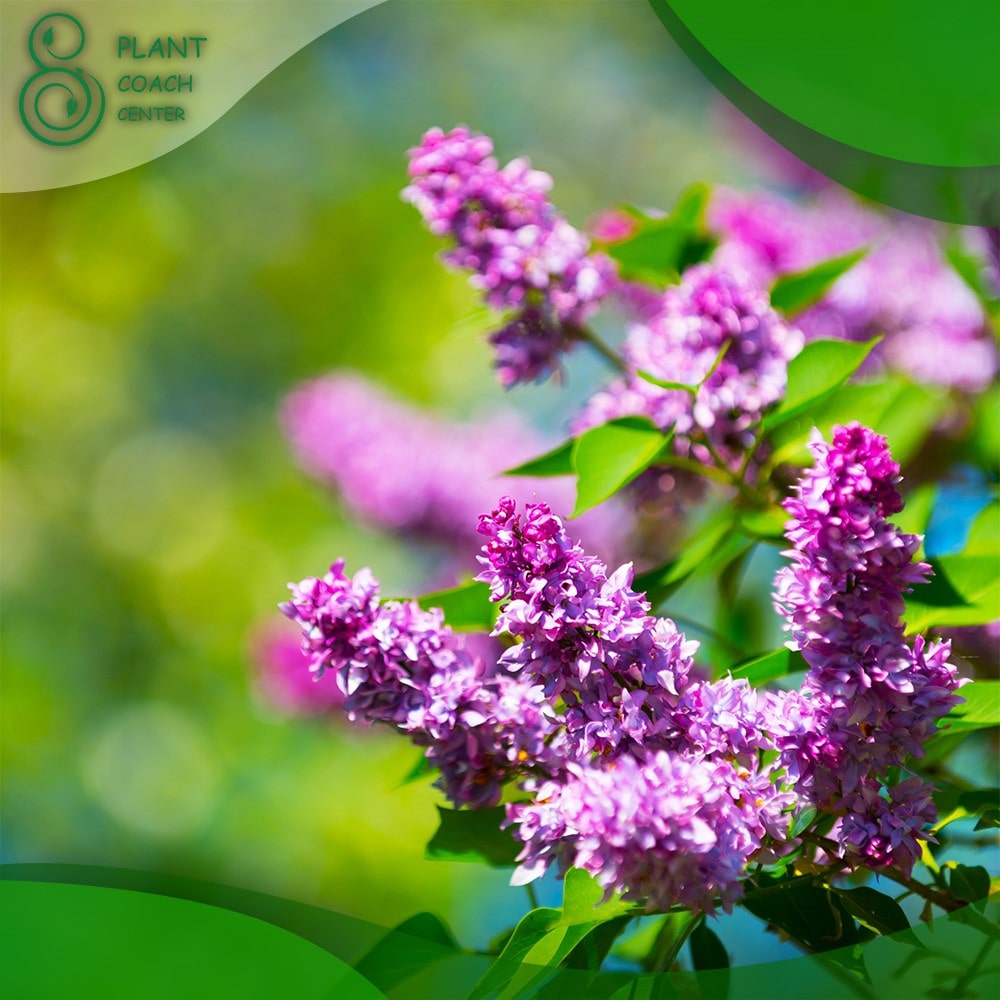When to Cut Back Lilac Bushes
With their vibrant and fragrant blooms, Lilac bushes are beloved additions to gardens and landscapes. To ensure their health and appearance, proper pruning is essential. Knowing when to cut back lilac bushes is crucial for promoting healthy growth, maximizing flower production, and maintaining their desired shape and size. This comprehensive guide will explore the various aspects of lilac pruning, including the factors to consider, optimal timing, techniques, and troubleshooting common problems.
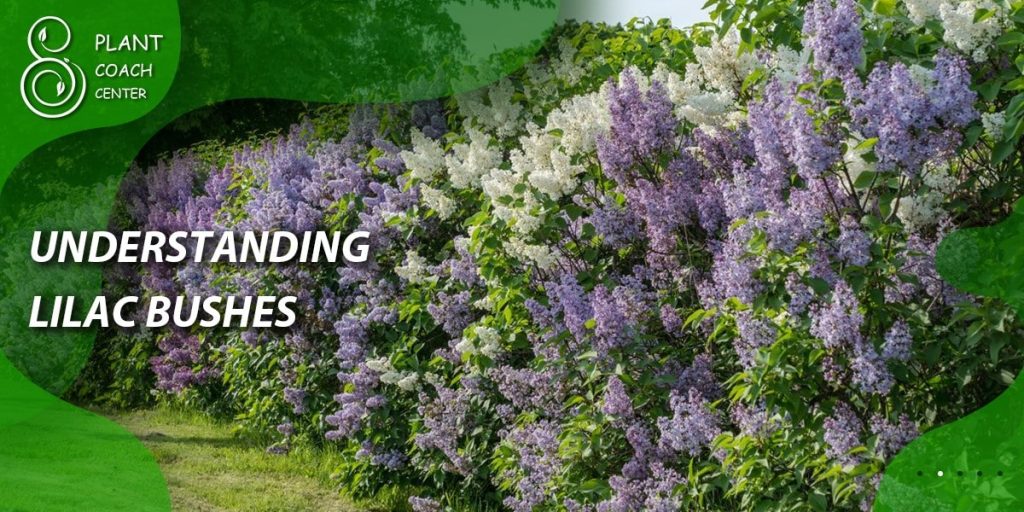
Understanding Lilac Bushes
Before diving into the intricacies of pruning, let’s take a moment to familiarize ourselves with lilac bushes. These deciduous shrubs belong to the Syringa genus. They are renowned for their stunning flower clusters, ranging in color from shades of purple and pink to white and even yellow. Lilacs come in different species and varieties with unique characteristics and growth patterns. Understanding lilac bushes’ lifecycle and growth habits will provide valuable insights into how and when to prune them effectively.
The Purpose of Pruning Lilac Bushes
Pruning lilac bushes serves multiple purposes essential for their overall health, appearance, and longevity. Understanding these purposes can help gardeners make informed decisions when it comes to pruning their lilac bushes. The main purposes of pruning lilac bushes are as follows:
Promoting Healthy Growth and Longevity
Pruning plays a crucial role in promoting lilac bushes’ healthy growth and longevity. By selectively removing dead, damaged, or diseased branches, gardeners can eliminate potential entry points for pests and diseases. Pruning also stimulates new growth, encouraging the development of vigorous and robust branches. This helps maintain the overall health and vitality of the lilac bush, ensuring it thrives for years to come.
Enhancing Flower Production
One of the main attractions of lilac bushes is their beautiful and fragrant blooms. Pruning can have a direct impact on flower production. By removing older, non-productive branches and encouraging new growth, gardeners can optimize the number of flower clusters the lilac bush produces. Proper pruning techniques and timing can result in an abundance of vibrant blooms, making the lilac bush a focal point of the garden during its blooming season.
Maintaining Desired Shape and Size
Lilac bushes, like any other landscaping plant, must be maintained in a way that complements their surroundings and fits the overall garden aesthetic. Pruning allows gardeners to shape and control the size of the lilac bush. By selectively removing branches and making strategic cuts, gardeners can guide the growth of the lilac bush to maintain its desired shape and size. This ensures that the lilac bush remains visually appealing and fits harmoniously into its environment.
Removing Dead or Diseased Branches
Pruning is an essential practice for the removal of dead or diseased branches from lilac bushes. Dead branches not only detract from the overall appearance of the bush but can also serve as entry points for pests and diseases. By removing these branches promptly, gardeners can prevent the spread of infections and maintain the overall health of the lilac bush. Additionally, removing diseased branches can help rejuvenate the plant and encourage the growth of healthy new branches.
It’s important to note that pruning should be done with care and consideration. Over-pruning or incorrect techniques can have negative consequences, such as reducing flower production or weakening the plant.
Understanding the purposes of pruning lilac bushes allows gardeners to approach the task appropriately and make informed decisions to ensure the best possible outcomes for their lilac bushes.
By keeping these purposes in mind, gardeners can effectively maintain their lilac bushes’ health, appearance, and longevity through proper pruning practices.
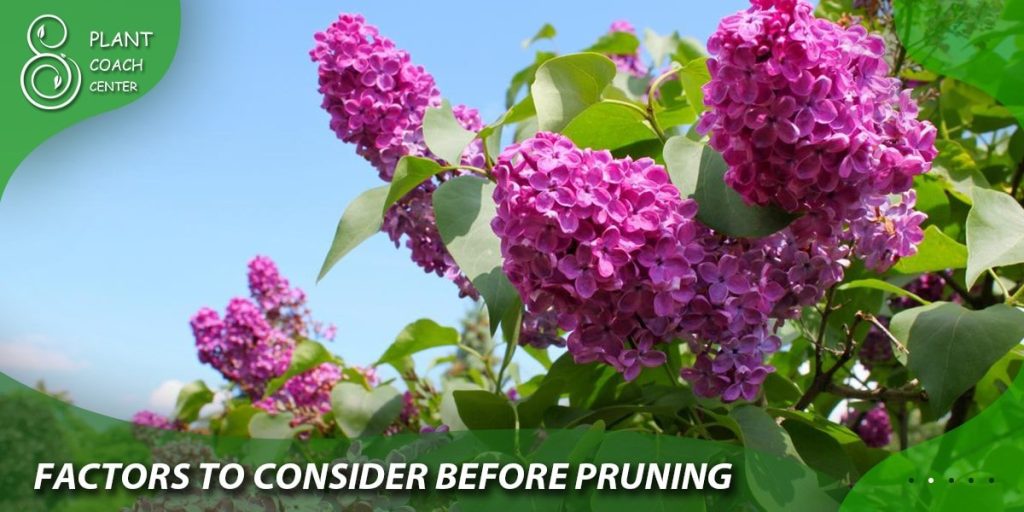
Factors to Consider Before Pruning
Before grabbing your pruning tools and diving into the task of pruning lilac bushes, it’s important to consider several factors. These factors will help ensure that you prune at the right time and in the most appropriate manner for the health and well-being of your lilac bushes. The main factors to consider before pruning are as follows:
Age of the Lilac Bush
The age of the lilac bush is an important consideration when planning the pruning approach. Young lilac bushes require different pruning techniques compared to more mature ones. Young bushes often need formative pruning to establish their shape and promote healthy branching. This involves selectively removing wayward or crossing branches to encourage a well-structured framework.
On the other hand, mature lilac bushes may benefit from rejuvenation pruning to revitalize the plant by removing older branches and stimulating new growth. Understanding the age of your lilac bush will guide you in determining the appropriate pruning techniques.
Weather Conditions and Seasonal Considerations
The weather conditions and the time of year play a significant role in deciding when to prune lilac bushes. Pruning during extremely cold or hot periods can stress the plant and impede its ability to recover. It’s generally recommended to avoid pruning during periods of extreme temperature, such as during frost or heatwaves. Instead, choose a time when the weather is milder, and the lilac bush is not actively experiencing stress.
Additionally, consider the seasonal timing of blooming for your specific lilac variety. Different lilac species and cultivars have varying bloom times, and pruning immediately after flowering ensures that you don’t accidentally remove potential flower buds for the following season.
Assessing the Current Health of the Plant
Before pruning, it’s essential to assess the current health of the lilac bush. Inspect the branches and foliage for signs of disease, pest infestations, or other issues. Suppose you notice any diseased or pest-infested branches. In that case, it’s important to identify them and plan to remove them during pruning. This assessment will help you determine if any specific pruning techniques or treatments are necessary to address existing health issues. Removing diseased or infested branches promptly can prevent the spread of diseases and pests, safeguarding the overall health of the lilac bush.
Identifying the Specific Lilac Species
Different lilac species and cultivars may have specific growth habits, blooming patterns, and requirements. Identifying the specific lilac species or variety you have before pruning is important. This knowledge will help determine the appropriate timing for pruning based on their typical blooming time.
Early-blooming lilac varieties, for example, should be pruned immediately after flowering to allow enough time for new growth and bud development. Mid-season and late-blooming varieties are typically pruned in late winter or early spring before the new growth begins. Understanding the specific lilac species or variety you have will guide you in pruning at the most appropriate time for optimal results.
Considering these factors before pruning will ensure that you approach the task with the necessary knowledge and make informed decisions. By understanding the age of the lilac bush, considering weather conditions and seasonal timing, assessing the current health of the plant, and identifying the specific species or variety, you can plan and execute pruning in a way that maximizes the benefits and promotes the overall health and appearance of your lilac bushes.
When to Prune Lilac Bushes:
Determining the right time to prune lilac bushes depends on both their blooming time and growth stage. Early-blooming lilac varieties, such as Syringa vulgaris, typically produce flowers in late spring. The best time to prune these varieties is right after they finish flowering. Mid-season blooming lilacs, such as Syringa patula, flower in early to mid-summer. Pruning these bushes is ideally done during late winter or early spring before new growth appears. Late-blooming lilac varieties, like Syringa reticulata, showcase their blooms in late summer or early fall. These lilacs should be pruned during late winter or early spring as well.
Pruning techniques for young lilac bushes differ from those used on mature ones. Young lilac bushes require formative pruning to establish their shape and promote healthy branching. This involves selective pruning of wayward or crossing branches. Mature lilac bushes benefit from rejuvenation pruning, which involves more aggressive cutting back to encourage new growth and maintain vigor.
Pruning frequency and regular maintenance are key to ensuring healthy and thriving lilac bushes. Regular inspections, removal of dead or diseased branches, and shaping the bush as needed should be part of your routine.
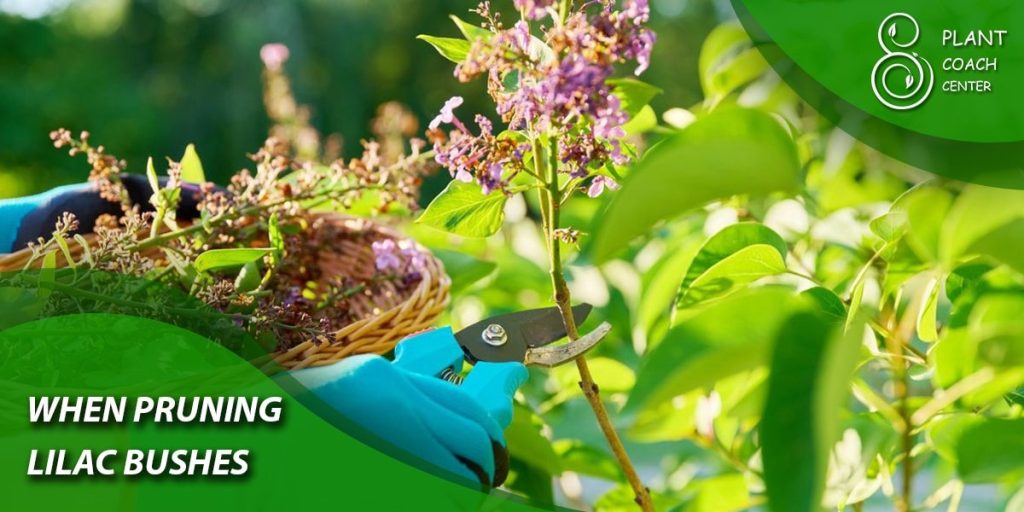
When pruning lilac bushes
- Start by removing any dead, damaged, or diseased branches. These branches not only detract from the overall appearance of the bush but can also serve as entry points for pests and diseases. Cut them back to the point where they meet healthy wood or the base of the bush, making clean, angled cuts.
- Thinning out the interior of the bush is crucial for proper air circulation and light penetration. Identify overcrowded areas and remove a few select branches to open up the canopy. This allows sunlight to reach the inner portions of the bush, reducing the risk of disease and promoting better overall growth.
- To maintain the desired shape and size of the lilac bush, selectively prune branches that are growing too long or in undesirable directions. Make cuts just above a bud or lateral branch, angled away from the bud, to prevent water accumulation. This encourages new growth and helps maintain a balanced and aesthetically pleasing form.
- Avoid over-pruning or removing too much of the lilac bush in a single season. While rejuvenation pruning may be necessary for older and overgrown bushes, it’s best to spread the process over multiple years to avoid shocking the plant. Prune about one-third of the oldest and largest branches each year until the desired rejuvenation is achieved.
Remember, lilac bushes bloom on old wood, so excessive pruning or incorrect timing can temporarily reduce flower production. To preserve the maximum number of blooms, avoid drastic pruning in the year leading up to the expected bloom period.
Common Problems and Troubleshooting:
Despite your best efforts, lilac bushes may encounter problems that require attention and specific pruning techniques. Here are some common issues and how to address them:
Overgrown Lilac Bushes
Suppose your lilac bush has become overgrown and is no longer flowering as abundantly as it once did. In that case, it may benefit from rejuvenation pruning. As mentioned, this involves selectively removing one-third of the oldest and largest branches each year to encourage new growth and restore vitality. Be patient, as the rejuvenated bush may take a few years to reach its full potential.
Weak or Sparse Flowering
Suppose your lilac bush is healthy but producing fewer flowers than expected. In that case, it may be due to improper pruning at the wrong time. Make sure you are pruning at the appropriate time, immediately after flowering for early-blooming varieties and in late winter or early spring for mid-season and late-blooming varieties. Avoid excessive pruning that removes too much old wood, as this can reduce flower production.
Disease or Pest Infestations
Lilac bushes can be susceptible to various diseases and pests, including powdery mildew, lilac borers, and aphids. Pruning can play a role in managing these issues. Remove any infected or infested branches promptly, cutting them back to healthy wood. Proper sanitation, such as cleaning tools between cuts and removing fallen leaves and debris, can also help prevent the spread of diseases.
Dealing with Winter Damage and Frost
Lilac bushes may experience winter damage in colder climates due to harsh weather conditions and frost. Prune out any branches severely damaged or killed by frost, cutting them back to healthy wood. However, it’s generally recommended to wait until late winter or early spring to assess the full extent of winter damage before pruning.
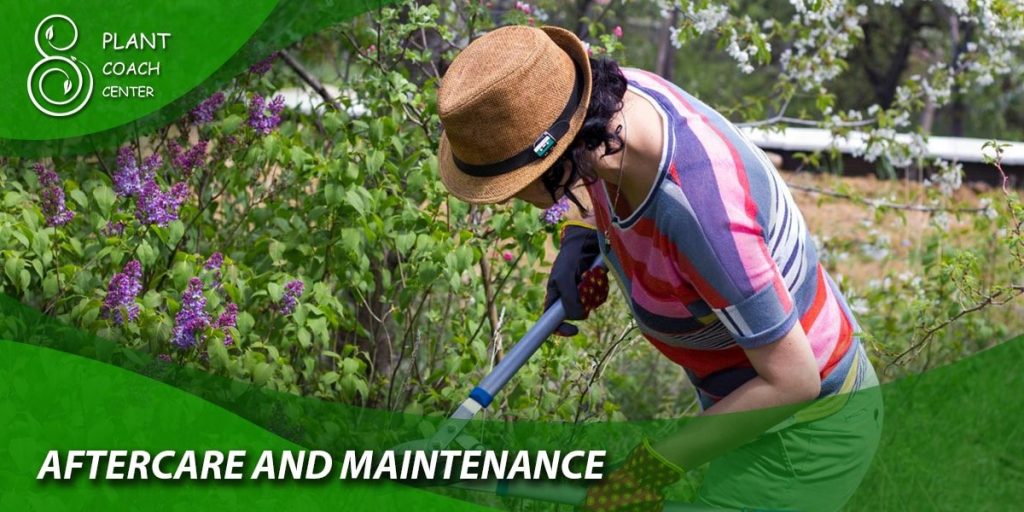
Aftercare and Maintenance
Pruning is just one aspect of caring for lilac bushes. Proper aftercare and regular maintenance are essential to ensure their ongoing health and vitality. Consider the following tips:
Proper Disposal of Pruned Branches
After pruning, it’s important to dispose of the pruned branches properly. Dead or diseased branches should be removed from the garden entirely to prevent the spread of pests and diseases. You can either compost healthy branches or dispose of them according to local guidelines.
Soil Preparation and Fertilization
Maintaining nutrient-rich soil is crucial for the overall health of lilac bushes. Before the growing season begins, amend the soil with organic matter, such as compost or well-rotted manure. This helps improve drainage and provides essential nutrients. Additionally, consider conducting a soil test to determine if any specific fertilizer amendments are necessary.
Watering and Mulching Tips
Proper watering is important for establishing and maintaining healthy lilac bushes. Water deeply and infrequently to encourage deep root growth. Aim for about an inch of water per week through rainfall or irrigation. Applying a layer of organic mulch around the bush’s base helps retain soil moisture, suppress weed growth, and regulate soil temperature.
Monitoring and Preventive Measures
Regularly inspect your lilac bushes for signs of pests, diseases, or nutrient deficiencies. Early detection allows for prompt action and minimizes the potential damage. Insecticidal soaps or horticultural oils can control pests like aphids. At the same time, fungicides may be necessary to address fungal diseases if they arise. Additionally, practicing good garden hygiene, such as removing fallen leaves and debris, can help prevent the occurrence and spread of diseases.
Conclusion
Pruning lilac bushes at the right time and using proper techniques is key to maintaining their health, promoting abundant blooms, and shaping them to complement your garden. You can confidently approach pruning by considering factors like blooming time, growth stage, and specific species.
Remember to assess the bush’s health, use clean and sharp tools, and follow general pruning steps. Addressing common problems, such as overgrowth, weak flowering, and disease, requires targeted pruning methods. Lastly, ensure proper aftercare and maintenance by disposing of pruned branches, preparing the soil, watering appropriately, and monitoring the plant’s health.
When is the best time to prune lilac bushes?
Prune lilac bushes right after they finish flowering.
How much should I prune my lilac bush?
Prune selectively, removing dead or diseased branches and thinning out overcrowded areas.
Can I prune my lilac bush in winter?
It's generally recommended to prune lilac bushes in late winter or early spring before new growth appears.


